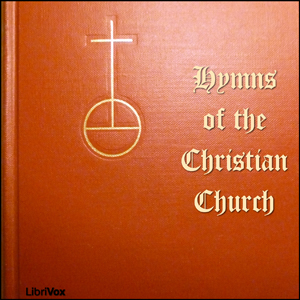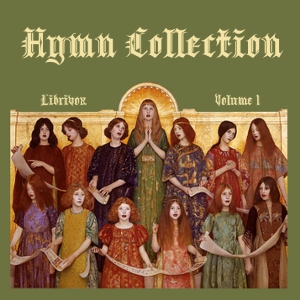- Primitive and Savage Music
- Greece and Rome
- Early Christian Music
- The Minstrel Knights
- The Schools of Counterpoint
- The Harmonic Style
- Bach
- Handel
- Gluck
- Haydn
- Mozart
- Beethoven
- Schubert
- Weber and Romanticism
- Mendelssohn
- Schumann
- Chopin
- Italian Opera
- Cherubini and French Opera
- Berlioz and Other Frenchmen
- Liszt and his Circle
- From Glinka to Tschaikovsky
- Wagner and his Reforms
- Brahms and the Symphonists
- Grieg and the Northern Countries
- Strauss and Recent Germans
- Franck and Modern France
- The Russian School
- Other European Nations
- America
- Melody and Appreciation
- Figures and Phrases
- The Song-Forms
- The Rondos
- The Sonata-Allegro Form
- Other Sonata Movements
- The Orchestral Forms
- Dances and Piano Styles
- The Vocal Forms
- The Contrapunctual Forms
- The Piano and its Predecessors
- The Organ
- The Voice
- The Violin
- Other Bowed Instruments
- Pluck-String Instruments
- Flute and Piccolo
- Oboe and English Horn
- The Bassoons
- The Clarinets
- Horns, Trumpets and Cornets
- Trombones and Tubas
- Instruments of Percussion
- Some Famous Pianists
- Some Famous Singers
- Violinists and Violin Music
- Orchestration
- Conducting
- Acoustics
- How to Read Music Part 1
- How to Read Music Part 2
- Appendix: Important Music Terms
This book has been planned with a view to placing before the general reader the main facts that will enable him to appreciate music intelligently. One often hears the remark, "I’m fond of music, but I don’t understand it." The present work has been written with the idea of enabling the non-musician to comprehend the real meaning of the tonal art, and to familiarize himself with the value of the great composers’ works, the use of the instruments, the various musical forms, and a number of subjects of similar importance.
At the same time, certain other technical topics have been included. While these have been presented in such a way as to be understood by the non-musician, they have been given with sufficient thoroughness to make the work useful also as a textbook. It is therefore fitted to the needs of students and teachers, as well as amateurs. An effort has been made to condense the chief points of a general musical education into a single volume. While this book should prove of interest to the average reader, a course of study has been added, which will make it suitable for use in high schools or colleges also, or in any institution that aims to give a course in the understanding of music. - Summary by Preface
NOTE: As with all historical texts, the language used in this volume should be interpreted within the context of the entire work and the cultural context of its publication.
There are no reviews for this eBook.
There are no comments for this eBook.
You must log in to post a comment.
Log in











